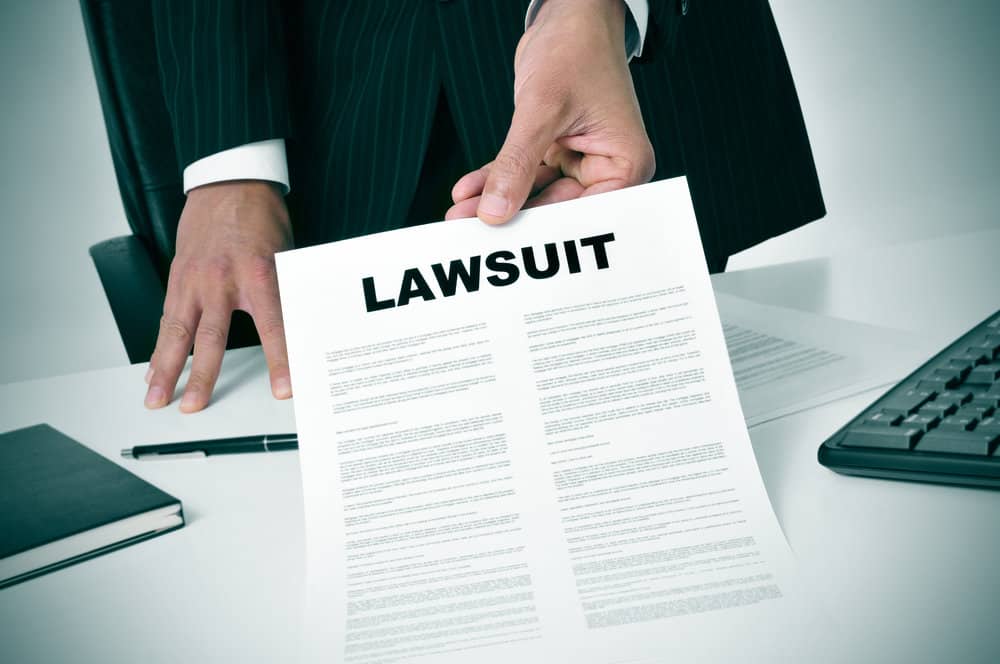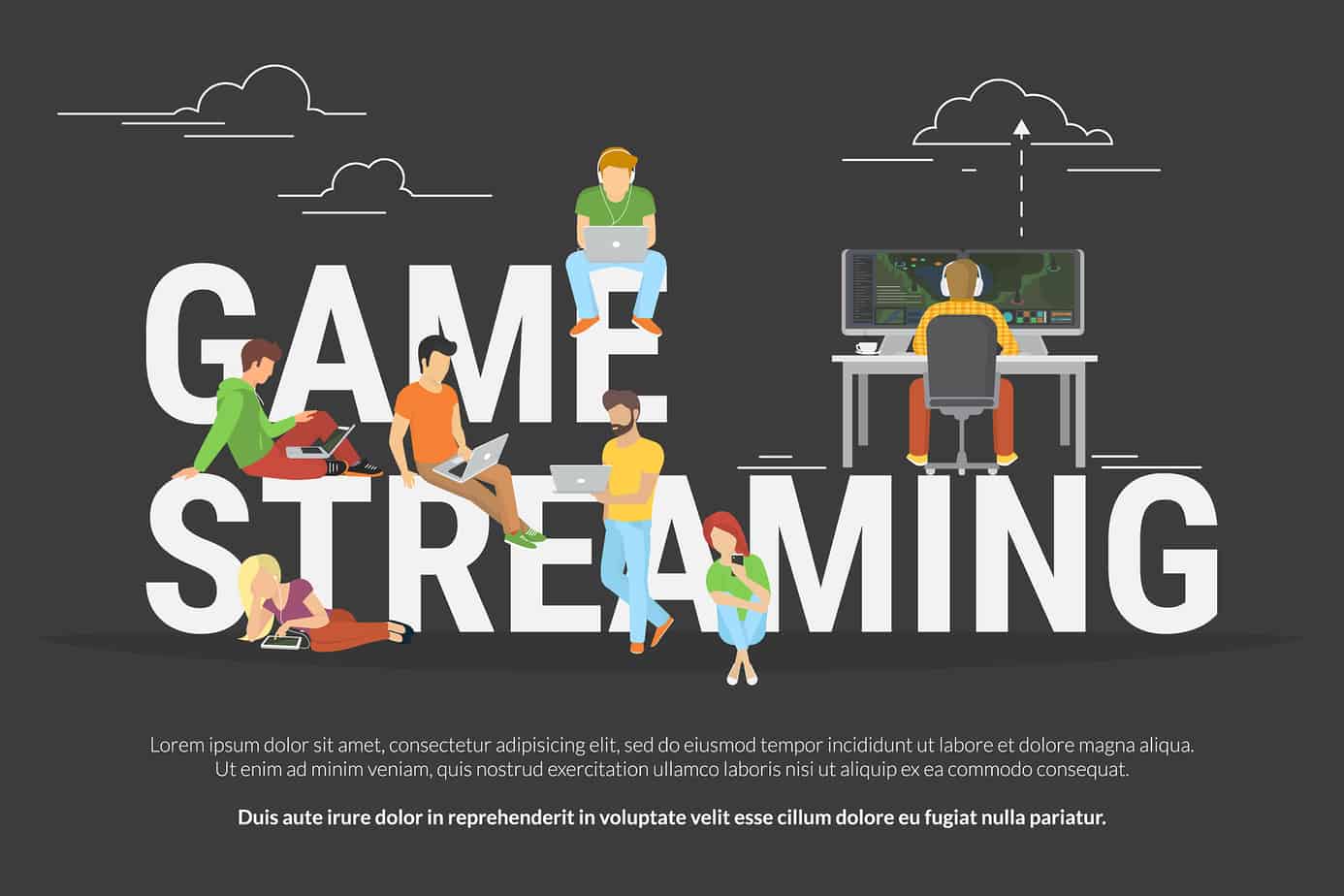Navigating the legal process can be overwhelming and often leads to questions about how long a lawsuit may take. Multiple factors contribute to the duration of a lawsuit, such as the type of case, the nature of the parties involved, and the specific court system. Consequently, individuals must understand the factors influencing their case to have realistic timeline expectations.
In general, lawsuits involve several stages that may prolong their duration. These stages include pleading and discovery, pretrial motions, trials, and, if necessary, appeals. Each case’s complexity and distinct nature significantly impact the overall time frames. Additionally, the cooperation of both parties and the proactivity of their legal counsel play pivotal roles in expediting the legal process.
It is important to remember that each lawsuit is unique, and various factors will determine the time it takes to resolve. However, gaining insights into the legal process and understanding the steps involved can help individuals prepare their expectations as they move through the litigation process.
Factors That Affect the Duration of a Lawsuit
Complexity of the Case
The complexity of a lawsuit plays a significant role in determining how long it takes to resolve. For instance, a straightforward personal injury lawsuit may only take a few months to resolve. In contrast, a class action or a complicated case involving multiple legal issues can take several years. The need for expert witnesses, extensive discovery, and pre-trial motions can further lengthen the process.
Number of Parties Involved
Another factor affecting a lawsuit’s duration is the number of parties involved. Reaching an agreement or settlement may be easier in a simple case involving two parties. However, in cases like class action lawsuits or disputes involving multiple parties, resolving becomes significantly more challenging and time-consuming. Additionally, each party may have its legal representation, further prolonging the negotiation and settlement process.
Court’s Availability
The court’s availability also plays a crucial role in determining the duration of a lawsuit. While each case must adhere to the statute of limitations, the actual trial may be postponed due to scheduling conflicts or delays in the court system. Considering the difference between state laws and federal court timelines is essential when estimating how long a case may take. Moreover, a jury may take more time to decide on a verdict, which adds to the time spent in a lawsuit.
In conclusion, various factors influence the duration of a lawsuit, including the case’s complexity, the number of parties involved, and the court’s availability. Considering these factors, a more accurate estimation of a lawsuit’s duration can be made.
Lawsuit Process and Timeline
Filing a Complaint
The lawsuit process begins when the plaintiff files a complaint in court. The complaint outlines the allegations against the defendant and the legal basis for seeking relief. After filing, the plaintiff must formally serve the complaint to the defendant, notifying them of the lawsuit.
Service of Summons and Answer
A summons is a document that informs the defendant of the lawsuit and their deadline for responding. The defendant must file an answer within the specified time, typically 30 days from the service date. The answer addresses each allegation made in the complaint and may include a counterclaim against the plaintiff.
Discovery Phase
During discovery, both parties gather information and evidence to support their case. Tools used in this phase include:
- Interrogatories: Written questions that require written responses.
- Depositions: Oral questioning of parties and witnesses under oath.
- Subpoenas: Requests for documents or other evidence.
The time required for discovery will depend on the case’s complexity, often extending from six months to a year.
Motions and Hearings
Parties may file various motions throughout the lifespan of a lawsuit, such as:
- Motion to Compel: A request to force the opposing party to provide information or evidence.
- Motion to Dismiss: A request to dismiss the case based on issues like lack of jurisdiction or insufficient claims.
- Motion for Summary Judgment: A request for a verdict without a trial due to a lack of genuine issues of material fact.
The court may schedule hearings to discuss and decide on these motions.

Negotiations and Mediation
During or after discovery, parties may choose to settle out of court by negotiating a resolution. If they cannot reach an agreement, the court may require mediation, where a neutral third party helps facilitate a settlement.
Trial and Verdict
If a settlement is not reached, the case will proceed to trial. Both parties present their evidence and witness testimonies to a judge or jury at trial. After hearing both sides, the judge or jury will decide whether to find the defendant liable and, if so, determine the appropriate relief.
Appeals and Post-trial Motions
Following the trial, either party may file post-trial motions to challenge the verdict or request a new trial. The parties may appeal to a higher court if they are still dissatisfied. Appeals can take several months to several years, depending on the complexity of the case and the appellate court’s schedule.
When Can You Expect Settlement or Compensation
Settlement Negotiations
Settlement negotiations usually commence once a demand letter has been sent to the at-fault party or the insurance company. This can happen soon after the incident in cases like a car accident or personal injury claim. However, the negotiation process could stretch over several weeks to months. In some instances, a mediator may facilitate discussions between the disputing parties.
The duration of settlement negotiations largely depends on the case’s complexity and both parties’ willingness to reach a compromise. Some factors to consider during negotiation include:
- The extent of the injuries or damage
- The amount of compensation sought
- The clarity of fault
- Counteroffers made by the insurance company
Settlement Agreement
Once both parties have agreed upon a settlement, it is important to draft a formal settlement agreement. This document outlines the terms of the settlement, as well as any conditions attached to the compensation. Signing the settlement agreement can take a few days to weeks, contingent on elements such as:
- Finalizing the settlement amount
- Agreeing on specific payment terms
- Ensuring confidentiality clauses, if any
Trial Verdict
If settlement negotiations fail and the case proceeds to trial, it can take months or even years to reach a verdict. The overall timeline will depend on factors like court schedules, availability of key witnesses, and the complexity of the evidence. Additional factors that contribute to the duration of a trial include:
- Discovery phase
- Pre-trial motions
- Jury selection process
- The actual trial
Awards
Once a trial verdict has been rendered, compensation must be collected. In cases of personal injury or medical malpractice, this could entail receiving payments from the insurance company or the defendant. The time required for collecting the awarded compensation may vary and is influenced by aspects such as:
- The defendant’s willingness to comply
- The financial status of the defendant
- The initiation of an appeal process
While every lawsuit has its unique timeline, a combination of factors like settlement negotiation success, the complexity of the evidence, and the involvement of a mediator can all impact the moment you can expect settlement or compensation.
Common Types of Lawsuits and Their Timelines
Personal Injury Lawsuits
Personal injury cases, such as car accidents and slip-and-fall incidents, usually take one to two years to resolve. Factors that may affect the timeline include the complexity of the case, the severity of the injuries, and the willingness of both parties to negotiate a settlement.
- Investigation: 1-3 months
- Filing the lawsuit: 6-12 months
- Discovery phase: 6-12 months
- Trial and verdict: 1-2 years
Medical Malpractice Lawsuits
Medical malpractice cases can be more complicated and time-consuming than personal injury lawsuits. These cases usually involve more technical and medical evidence. The timeline below shows a general estimate of the various stages of a medical malpractice lawsuit:
- Investigation and expert review: 6-12 months
- Filing the lawsuit: 6-12 months
- Discovery phase: 1-2 years
- Trial and verdict: 1-3 years
Breach of Contract Lawsuits
Breach of contract lawsuits involves disputes related to agreements between parties. The timeline can vary widely depending on the complexity of the agreement, the amount in dispute, and the willingness of the parties to resolve the matter. Typical stages are:
- Investigation and demand letter: 1-3 months
- Filing the lawsuit: 6-12 months
- Discovery phase: 6-12 months
- Trial and verdict: 1-2 years
Class Action Lawsuits
Class-action lawsuits involve many plaintiffs with similar claims against a common defendant. These cases can take several years before settlement or trial. The timeline typically looks like this:
- Investigation and filing: 1-2 years
- Class certification: 1-3 years
- Discovery phase: 1-3 years
- Trial and verdict: 2-4 years
Please note that these timelines are not rigid, and individual circumstances may vary.
Legal Assistance and Representation
Importance of Hiring a Lawyer
The plaintiff and the defendant must seek legal assistance when involved in a lawsuit. Hiring a competent lawyer ensures that your interests are protected, and you have a strong advocate. An experienced attorney can navigate the complexities of the legal system, effectively negotiate settlements, and present a persuasive case in front of a judge and jury. Injured individuals and companies need to have legal representation to avoid unfavorable outcomes.
Free Consultation
A free consultation with a lawyer can be valuable for individuals who may have a legal claim but are unsure about their case’s merits. During this initial meeting, the attorney assesses the facts of the case, identifies possible legal issues, and provides information on potential outcomes. It is an opportunity for the prospective plaintiff or defendant to evaluate the lawyer’s expertise, communication style, and willingness to take the case. A consultation helps both parties determine if they are a good fit for each other.
Legal Advice
Legal advice is essential in any lawsuit. It helps the parties involved understand the legal issues, the steps required to resolve the case, and the potential consequences of certain actions. An experienced attorney can identify strengths and weaknesses in a case, recommend strategies to maximize success and provide guidance in making informed legal decisions.
In conclusion, securing legal assistance and representation is vital for plaintiffs and defendants in a lawsuit. Hiring a lawyer, attending a free consultation, and receiving legal advice contribute to a more favorable case outcome.
Protecting Confidential Information and Trade Secrets
Emergency Relief
Securing emergency relief can be crucial for a business when dealing with confidential information and trade secrets. Emergency relief measures protect a company’s assets before a typical lawsuit resolution is reached. They often involve seeking a temporary restraining order (TRO), which can be granted within days or even hours.
To obtain a TRO, the plaintiff must provide clear evidence that the defendant poses an immediate threat to the confidential information. This might include misappropriation or disclosure of trade secrets. It’s important to note that a TRO is only temporary and usually lasts up to 14 days.
Preliminary Injunctions
After a TRO, a preliminary injunction may be pursued as a more long-term measure to protect the company’s assets. The injunction requires the defendant to cease activities that may further harm trade secrets or confidential information.
To secure a preliminary injunction, the plaintiff must prove that:
- There is a strong likelihood of succeeding on the merits of the case
- They would suffer irreparable harm without the injunction
- The balance of harm between the plaintiff and the defendant favors granting the injunction
- The public interest would not be adversely affected
If successful, preliminary injunctions can remain in effect until the final resolution of a lawsuit.
Keeping Information Confidential During Litigation
During litigation, it’s essential to implement steps to keep sensitive information confidential. This may include the use of protective orders that limit who can access the information. The parties involved in the lawsuit should also be cautious when discussing confidential information or trade secrets and refrain from sharing with unauthorized individuals.
In addition, the court may take further measures to protect the information, including holding in-camera reviews, allowing confidential information to be filed under seal, and using redacted versions of documents when sharing with the public or other parties in the case.
A company can effectively safeguard its confidential information and trade secrets while navigating the complex lawsuit process by taking these precautions.
Frequently Asked Questions
How long does an average lawsuit take?
A lawsuit’s duration can vary greatly depending on the case’s complexity, the court’s schedule, and the parties involved. Generally, a lawsuit may take several months to a few years to resolve.
What factors affect the duration of a lawsuit?
Several factors can affect the length of a lawsuit:
- Complexity of the case
- Amount of discovery and evidence to be gathered
- Court’s schedule and availability
- Cooperation of the parties involved
- Settlement negotiations
Can a lawsuit be expedited?
A party in a lawsuit can request that the court expedite the case by filing a motion for an expedited trial. However, this option is not always granted, and the decision rests at the presiding judge’s discretion.
Does settling a lawsuit shorten the process?
Settling a lawsuit can significantly shorten the legal process, as both parties agree to resolve the matter without a trial. Settling might take a few weeks to a few months, depending on the negotiations between parties.
How can a party in a lawsuit help to speed up the process?
A party can take several actions to help expedite the lawsuit:
- Be proactive and responsive to legal counsel
- Gather and organize important documents
- Stay informed about the case’s progress
- Be involved in and open to settlement negotiations



